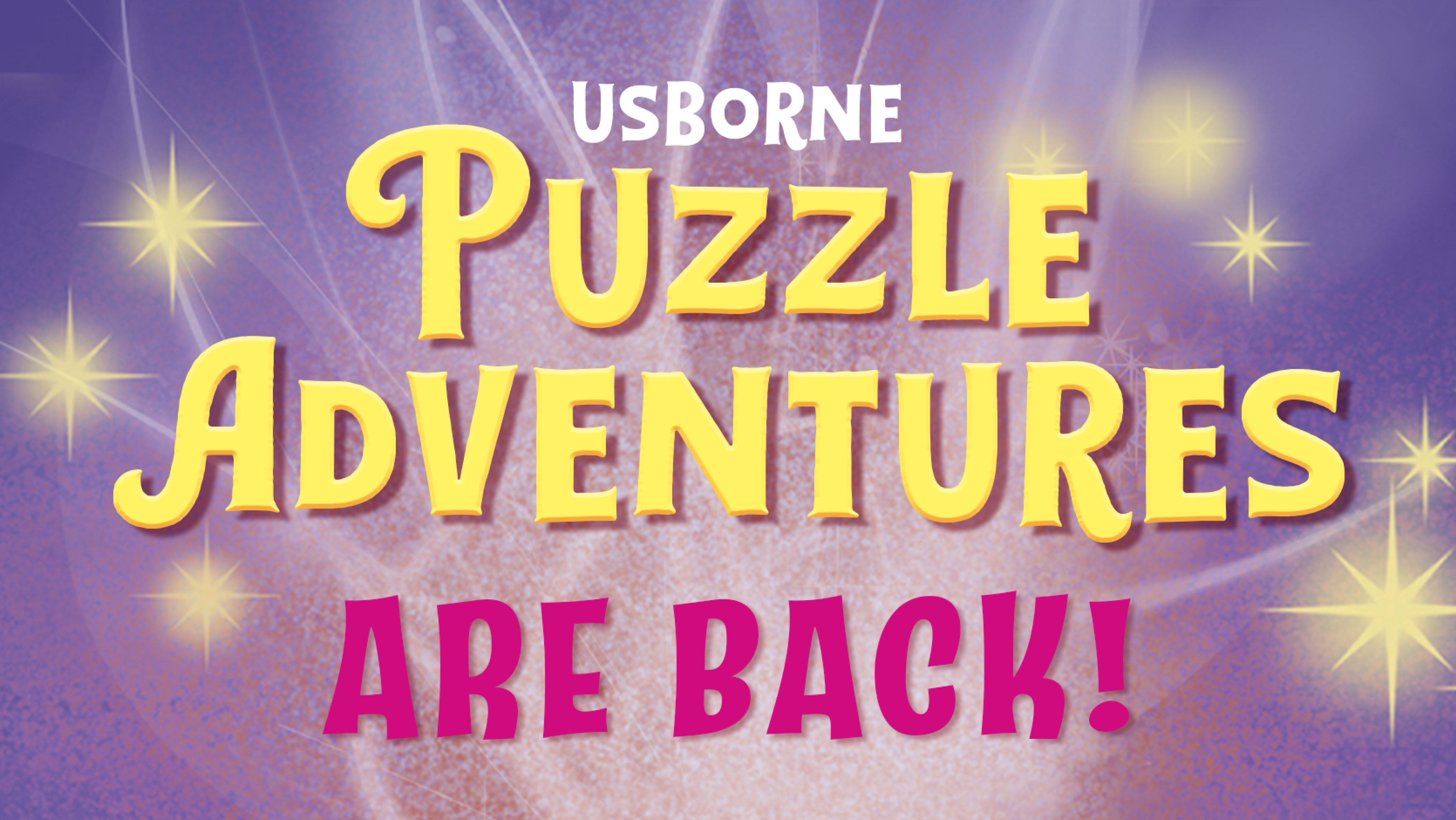- Behind the scenes at Usborne
- Tips and expert advice
Tackling tricky questions: teaching children about refugees

Ashe de Sousa, co-author of Lift-the-flap Questions and Answers about Refugees, shares the challenges of tackling children’s questions about Refugees – and why finding a way to answer them is important for us all.
Peter Usborne founded Usborne to create books that would inspire curiosity in children. He was a firm believer that children have the power to learn absolutely anything – it just has to be explained well enough.
This is the belief at the heart of Usborne’s Questions and Answers series. No question is too big or too small. It’s how we answer them that matters. By taking questions kids actually ask as their starting point, these books explore complex topics in a way that feels direct yet gentle. But getting the answers right is often far from easy. This was certainly the case with our new book, Lift-the-flap Questions and Answers about Refugees.
No one should be forced to leave their homes – but this is the heartbreaking situation that millions of people around the world find themselves in. It’s far from straightforward – a sticky mix of personal stories, politics and history – and it affects us all.
Last year alone, UK schools welcomed 46,000 children from Ukraine, and many more from Afghanistan and Syria, amongst other countries. Currently, 1 in 4 refugees arriving in the UK are minors.
So how do we help children understand the things their classmates might have been through, in a way that doesn’t feel overwhelming?
The harsher details of war and persecution can be too upsetting for a young reader. But when you shine a light on refugees themselves, there are stories of hope to be told. Focusing on people and their stories of strength and resilience can make these tough conversations easier.
When Katie and I began researching our book, the Refugee Council and Show Racism the Red Card kindly put us in touch with a number of refugees, who generously shared their stories with us.


One person we talked with, Smajo, travelled to the UK as a refugee in 1994. He was only nine years old when he was forced to flee the Bosnian genocide. The journey to his new home in Newcastle took a whole month. Thirty years later, Smajo is now an architect and researcher at Newcastle University. He told us he feels 100% Bosnian, 100% Geordie.
Najma was forced to leave her home in Syria more recently. She described her beloved garden, where aubergines, pomegranates, tomatoes and onions would grow. After four years in the UK, she now feels at home here – and free to be herself. When we met Najma, she was preparing to take her driving test and had recently spoken on local radio. She’s also hoping to be given an allotment near her new home soon.
We tried to fill our book with as many of these stories as possible. We talked to lots of people who had experienced life as a refugee – and researched the lives of many more. Although their stories were all very different, there was one thing everyone wanted: to keep their families and loved ones safe. I think this is a feeling that anyone of any age can understand.
Recognising these things we all share, however small, can be really useful when talking with children about refugees. In our book, we tried to include details that kids everywhere have in common. Football, the universal playground language, came up a few times!
We also included questions for the readers themselves, guiding them towards these points of comparison and empathy – questions such as ‘Do YOU remember starting a new school? How did you feel?’ or ‘What’s the longest journey YOU’VE been on?' These gentle prompts help children to understand a complex situation using their own experience as the framework.
Other more complex ideas were brought to life through simple but powerful illustrations. We were fortunate enough to work with the wonderful Ukrainian illustrator, Oksana Drachkovska, who fled Ukraine as a refugee last year. The warmth of her artwork softened the harder details and carried our words further. In Oksana’s own words, there’s hope because ‘anything can be used as a weapon against evil. Even art.’
Crucially, showing children ways they can help refugees lets them play a part, too. Offering solutions, however small, gives these tough conversations a positive outcome. Children have the power to learn about anything. And when they’re given that knowledge, it empowers them to think for themselves and make a difference.






